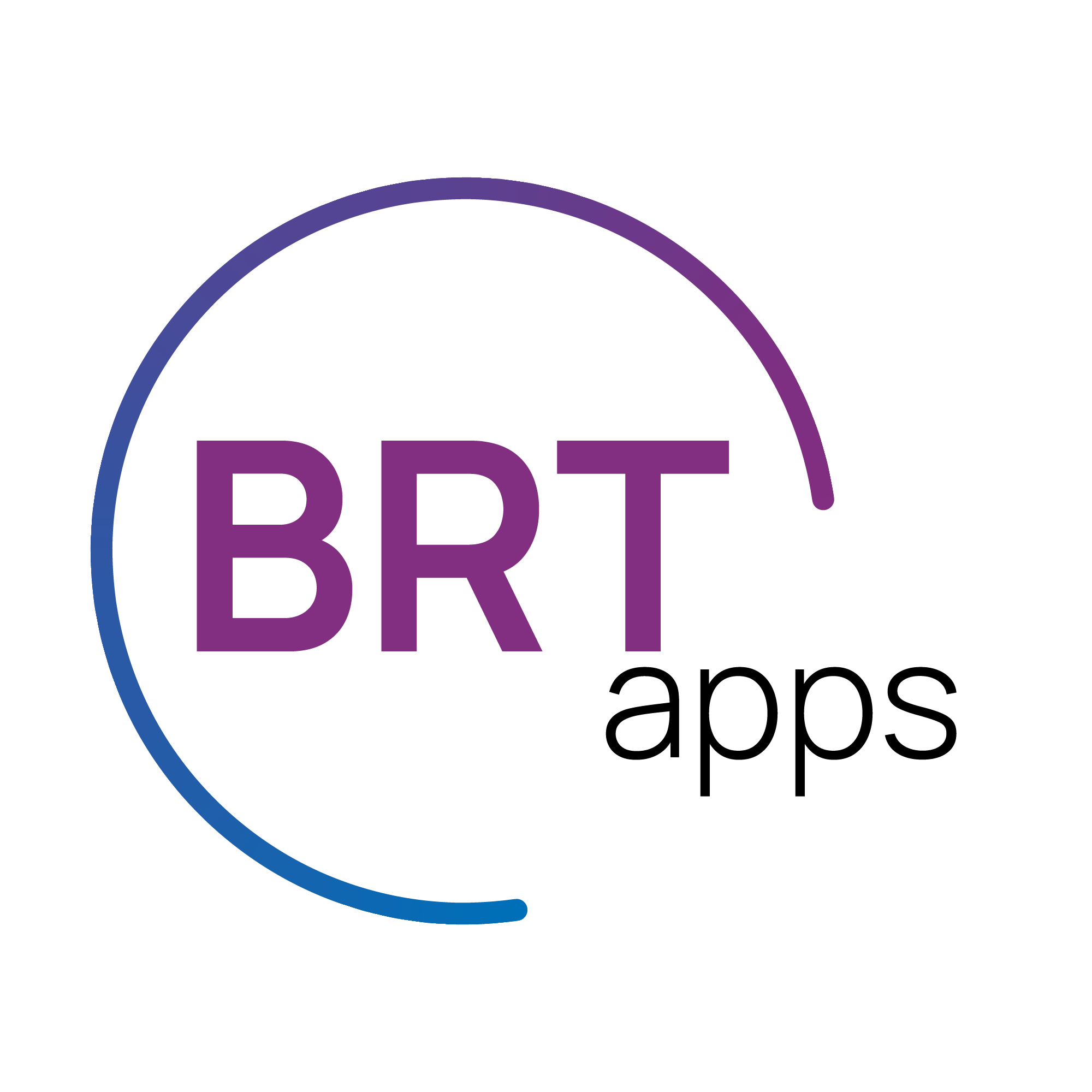You may have heard of the pre-reading skill phonological awareness, but do you know about its precursor, phonological sensitivity? Although both are sound-based, oral language skills that similarly support reading development, they are different. Phonological awareness influences how well we read and write words by incrementally refining our understanding about the sound structure of the English language.
For example, phonological awareness helps us know that the spoken word “cat” is made up of /c/ + /a/ + /t/ (three phonetic) sounds. This understanding aids our ability to sound the word out, which supports us in reading and spelling it. We can use this awareness to rhyme (e.g., by matching the sound parts of cat with sat and bat). We might also add (and blend parts), remove (or segment parts), and substitute different phonetic sounds to create new words (e.g., changing cat to can’t, at, and cab). But this fine-grained knowledge is based on the development of a well-cultivated sensitivity to larger word sound-parts.
Phonological Sensitivity
Phonological sensitivity promotes phonological awareness by fostering the ability to focus on, and work with, different linguistic sounds at a very rudimentary level. Often, if a child is struggling to develop phonological awareness (e.g., having difficulty with blending or segmenting sound parts), s/he may lack a strong sensitivity to certain sound units, which can vary in size (e.g., syllables are larger than initial or final sounds, which are larger than simple phonemes) and location within words. For example, it is generally harder to detect sounds in the middle, compared to the beginning or ending, of words. So, there is a lot to learn before the English alphabet is even introduced (and phonological knowledge is then applied to print)!
Like phonological awareness, phonological sensitivity reliably predicts how well reading will develop (Anthony, Lonigan, Driscoll, Phillips, & Burgess, 2003)[1]. Phonological sensitivity supports students’ early ability to later work with phonemes in two important ways, by:
- enabling the ability to detect when sounds (and words) are different or the same, an attention-focusing skill necessary for effective oral and written language development,
- supporting our ability to distinguish between, and work with, various sound parts that comprise English words, whether spoken or printed.
Although phonological sensitivity may seem like an “intuitive” skill, for many reasons, some children need explicit instruction to facilitate its growth enough to seamlessly scaffold phonological awareness. It’s important to note that explicit instruction does not necessarily mean using only isolated sound-structure activities (e.g., flashcards). Intentional writing, oral games, and reading activities, in which the learning is embedded within a broader context, can all be useful.
CBM Skills Can Help to Strengthen Phonological Sensitivity
CBM Skills is an assessment system that includes an “Isolating Sounds” task to help quickly clarify the strength of students’ phonological sensitivity for guiding instruction. Performance on this task reveals how well students can detect and recognize the initial and final sounds within spoken words. It’s most helpful for evaluating emerging and struggling readers’ phonological sensitivity needs, especially when sound blending or segmenting activities are too challenging. It is less useful for students who can already read well and have demonstrated a solid understanding of phonemes.
There are several things that teachers can do to strengthen students’ phonological sensitivity, based on the results found with the Isolating Sounds task. They can explicitly direct students to notice different sound parts and help them understand why detecting linguistic sounds matters. In many cases, students need to learn how and where to direct their attention. For example, in a picture-matching game, teachers can highlight how two pictures begin with the same sound. The same idea can also be applied to help students develop their sensitivity to ending sounds. If students continue to have difficulties, they can practice clapping for each word in a spoken sentence, and later move into more advanced sound clapping at the beginning, middle, or end of words. The big idea is to expand the size and simplify the location of sound parts to make practice feasible, and then gradually work with smaller (and middle) sound parts to strengthen their sensitivity. These kinds of activities can teach students about the importance of tuning into various aspects of oral language.
It’s important to remember that some sounds are harder to detect and distinguish than others. For example, students might need small group or individual practice to listen and identify the difference between similar sounds like /b/, /d/, /p/, or /m/ and /n/, that belong to the same sound family. Beyond hearing the differences, students can practice feeling the differences (e.g., in terms of where they place their tongues when making these sounds). If sound discrimination is challenging, teachers can also use their own voices to strongly emphasize beginning, middle, or ending sounds to further draw children’s attention to specific word part locations. It truly is a matter of training their brains to notice these sound parts and recognize their differences.
None of these activities need to take a long time. Brief, systematic repetition that offers wide-ranging experiences can be just as effective as longer blocks of instruction. Classroom activity transitions can be great opportunities to fine-tune phonological sensitivity, as well as sharpen all students’ ability to shift and focus attention to specific linguistic sounds. Most importantly, strengthening phonological sensitivity can, and should, be fun! It’s laying the groundwork for playing with words and thinking about their creative uses in ways that will extend far beyond your classroom.
Reference
[1] Anthony, J. L., Lonigan, C. J., Driscoll, K., Phillips, B. M., & Burgess, S. R. (2003). Phonological sensitivity: A quasi‐parallel progression of word structure units and cognitive operations. Reading Research Quarterly, 38(4), 470-487.
